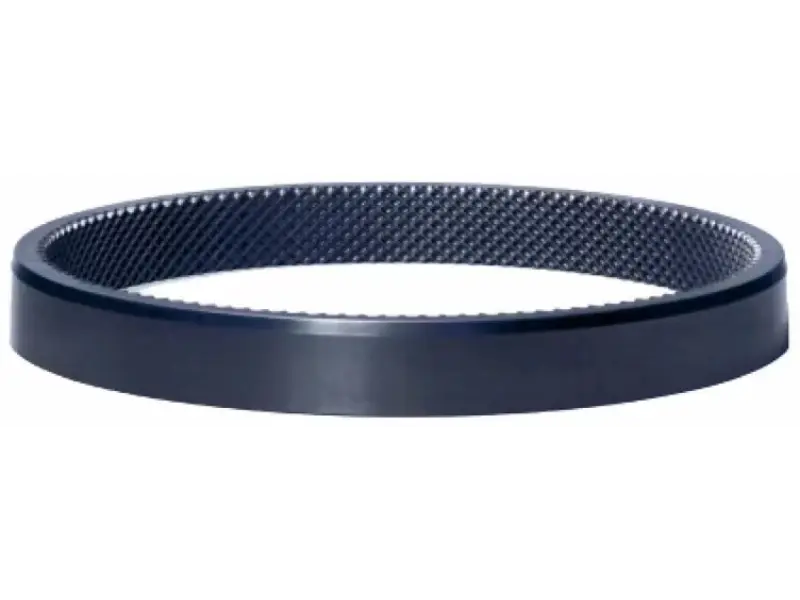Wear Ring Seal: Enhance Pump Performance & Durability
When it comes to maintaining optimal pump performance and extending the lifespan of your equipment, the role of the wear ring seal cannot be overstated. These crucial components, known as wear ring seals, contribute significantly to the efficiency and durability of various pumping systems, from high-speed pneumatic applications to marine engines. In this article, we will explore the various aspects of wear ring seals, including their materials, manufacturing processes, and applications. We will also highlight Welleshaft as a trusted global supplier and contract manufacturer of wear ring seals, committed to delivering high-quality solutions for diverse industrial needs.
Section 1: What is a Wear Ring Seal?
A wear ring seal is a crucial component designed to protect the pump shaft and housing from excessive wear and tear. Typically made from high-quality materials, wear ring seals act as a barrier to prevent abrasive particles and contaminants from entering the pump system. They help maintain a tight seal, reduce leakage, and enhance the overall performance of the pump.
What is a Sealing Ring?
A sealing ring, often used interchangeably with wear ring seals, is a component designed to create a leak-proof seal between two mating surfaces. It prevents the escape of fluids or gases, ensuring that the pump or machinery operates efficiently without any loss of performance.
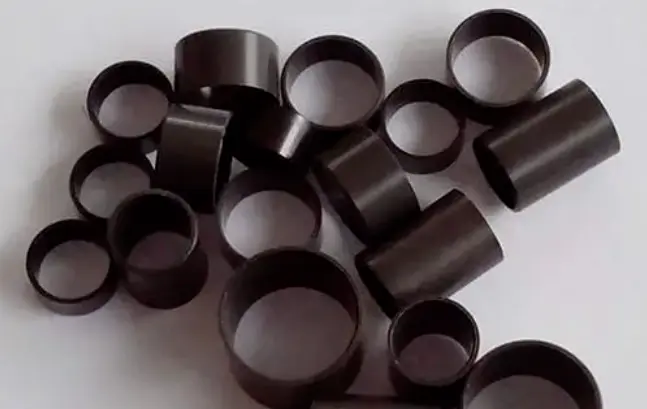
Section 2: Wear Ring Seal Materials
The choice of material for wear ring seals is critical in determining their effectiveness and longevity. Some common materials include:
1. Polyurethane (PU)
Properties: Polyurethane is known for its high abrasion resistance, flexibility, and durability. It can withstand dynamic movements and maintain its properties over a range of temperatures.
Applications: Suitable for high-speed pneumatic seals, hydraulic systems, and general industrial applications where abrasion resistance is crucial.
2. Carbon
Properties: Carbon materials, often combined with other substances like graphite, offer excellent wear resistance and can operate under high-pressure conditions. They have good thermal conductivity and low friction properties.
Applications: Used in high-pressure and high-temperature applications, such as pumps and compressors, where long-term durability and performance are essential.
3. Ceramic
Properties: Ceramic materials provide high hardness, excellent wear resistance, and can withstand extreme temperatures. They are typically used in applications requiring high durability and low friction.
Applications: Ideal for harsh operating conditions, such as in abrasive environments or where high temperatures are present. Commonly used in high-performance pumps and industrial machinery.
4. Nitrile Rubber (NBR)
Properties: Nitrile rubber is known for its good chemical resistance, flexibility, and resilience. It performs well in a range of temperatures and provides effective sealing against various fluids.
Applications: Used in a variety of sealing applications, including hydraulic systems, automotive components, and general industrial uses. It is suitable for environments where chemical resistance is important.
5. Fluorocarbon (Viton)
Properties: Fluorocarbon materials, such as Viton, offer excellent resistance to high temperatures, chemicals, and oils. They are known for their durability and long service life.
Applications: Often used in applications involving aggressive chemicals or high temperatures, such as in chemical processing or aerospace industries.
6. Metallic Alloys
-
Properties: Manufacturers produce some wear ring seals from metallic alloys that combine high strength with excellent wear resistance. These alloys often include stainless steel or other specialized materials.
-
Applications: Industries use these wear ring seals in heavy-duty machinery and high-stress environments where high mechanical strength and wear resistance are essential.
7. Composite Materials
-
Properties: Manufacturers engineer composite materials to combine the properties of polymers, metals, and ceramics, offering customized solutions for specific applications.
-
Applications: Companies use these composite wear ring seals in advanced industrial systems and custom-engineered machinery where a combination of material properties is required.
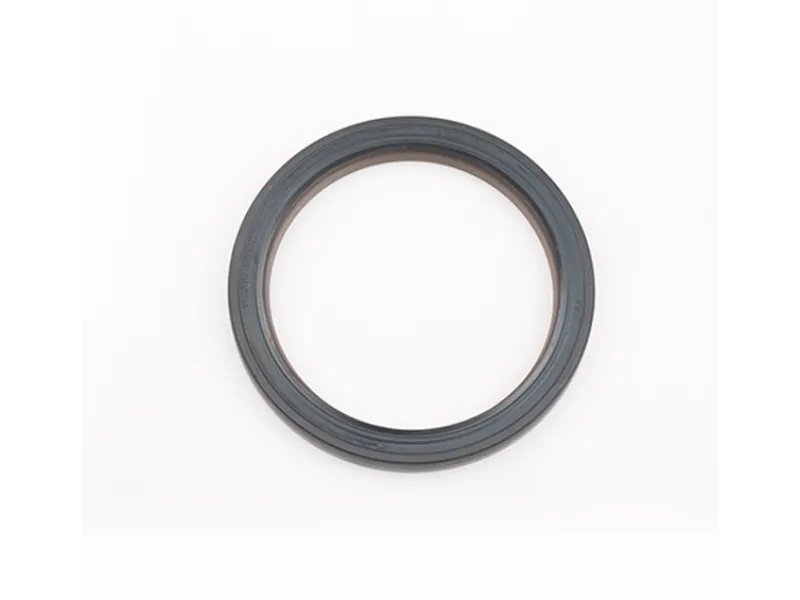
Section 3: Wear Ring Seal Manufacturing Process
The manufacturing process of wear ring seals involves several key steps:
1. Material Selection
The first step is selecting the appropriate material for the wear ring seal based on the application requirements. Common materials include:
- Polyurethane: For high abrasion resistance and flexibility.
- Carbon: For high wear resistance and durability.
- Ceramic: For high hardness and extreme conditions.
- Nitrile Rubber (NBR): For general chemical resistance and flexibility.
2. Design and Prototyping
- Design: Engineers design the wear ring seal using CAD (Computer-Aided Design) software. The design includes dimensions, tolerances, and specific features required for the application.
- Prototyping: A prototype is created to validate the design. This can involve 3D printing or machining a sample to test fit and performance.
3. Molding or Machining
Depending on the material and design, manufacturers produce the wear ring seal using either molding or machining processes:
-
Molding: Manufacturers heat materials like polyurethane or rubber until they melt, then inject the molten material into molds, allowing it to cool and solidify into the desired shape.
-
Machining: For materials such as carbon or ceramics, manufacturers cut and shape the wear ring seal from raw materials using precision machining techniques like turning and grinding to achieve the required dimensions and surface finish.
4. Quality Control
-
Inspection: Quality control teams inspect finished wear ring seals for defects such as cracks, dimensional inaccuracies, and surface imperfections. They ensure the wear rings meet all specified tolerances and industry standards.
-
Testing: Engineers subject the wear ring seals to rigorous performance tests to verify their durability, wear resistance, and compatibility with the intended application. These tests may include pressure testing, wear simulations, and environmental assessments.
5. Finishing and Assembly
-
Finishing: Technicians apply additional finishing processes, such as polishing or coating, to enhance the performance and appearance of the wear ring seal.
-
Assembly: In some cases, manufacturers assemble the wear ring seals into larger components or systems, ensuring proper installation for optimal function within the complete system.
6. Packaging and Distribution
-
Packaging: Workers carefully package the wear ring seals to prevent damage during transportation. They design the packaging to protect the seals from physical impact and contamination.
-
Distribution: The company distributes the packaged wear ring seals to customers or suppliers, ensuring they are ready for use in various applications.
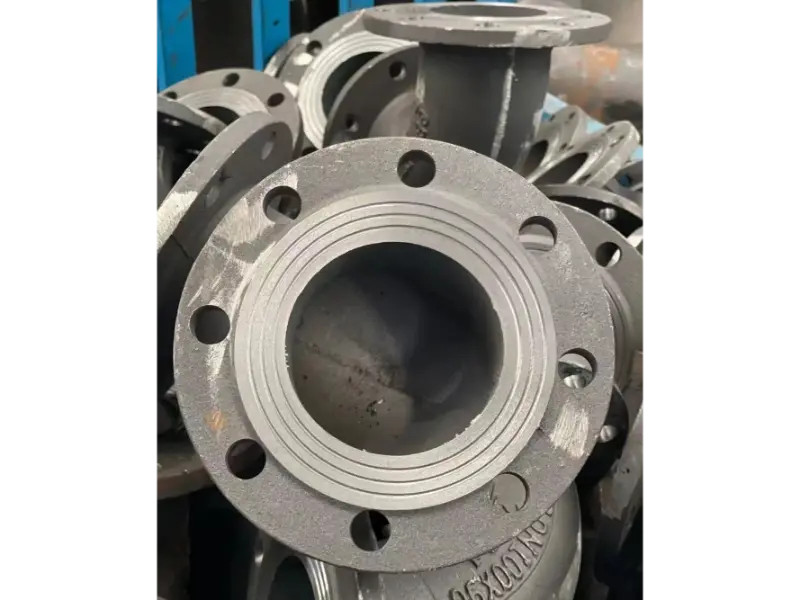
Section 4: Where Do You Wear a Seal Ring?
Industries and manufacturers use seal rings in various applications to ensure a leak-proof seal between two surfaces, preventing fluid or gas from escaping. Here are some common locations where they employ seal rings:
1. Pumps
Seal rings are crucial in pumps to prevent leakage of fluids and protect internal components from damage. They are used between the pump shaft and the pump casing, as well as in the connections between different pump parts.
2. Hydraulic and Pneumatic Cylinders
In hydraulic and pneumatic cylinders, seal rings prevent the escape of hydraulic fluid or compressed air, maintaining system pressure and ensuring smooth operation. They are placed in grooves within the cylinder head and piston.
3. Engines
Seal rings are used in engines to prevent oil and gas leaks. Common locations include around the pistons, between the cylinder head and the engine block, and in various engine seals such as the crankshaft seal and camshaft seal.
4. Valves
In valves, seal rings are used to ensure a tight seal between the valve body and the valve stem or between different valve components. They help prevent leakage of fluids or gases through the valve.
5. Flanges and Connections
Technicians use seal rings between flanged joints and other types of connections to prevent leaks. They rely on these seals to maintain a secure connection in pipelines and other assembly points.
6. Rotary and Sliding Mechanisms
Engineers use seal rings in rotary and sliding mechanisms to prevent leakage and contamination. They often install them on rotating shafts and sliding parts to maintain lubrication and reduce friction.
7. Automotive Applications
Automotive manufacturers use seal rings in transmissions, differential housings, and other critical components to ensure leak-proof operation and protect against contaminants.
8. Industrial Equipment
Industries employ seal rings in pumps, compressors, and other machinery to maintain seals and prevent leakage that could cause efficiency loss or equipment damage.
For more information on high-quality Wear ring seals and to find the perfect solution for your application, please contact us.
Jinan Welle Metal Products Co., Ltd (Welleshaft)
Website: www.welleshaft.com
Email: [email protected]
Phone: +86-156-5017-9596
Explore our range of durable and reliable wear ring seals today!
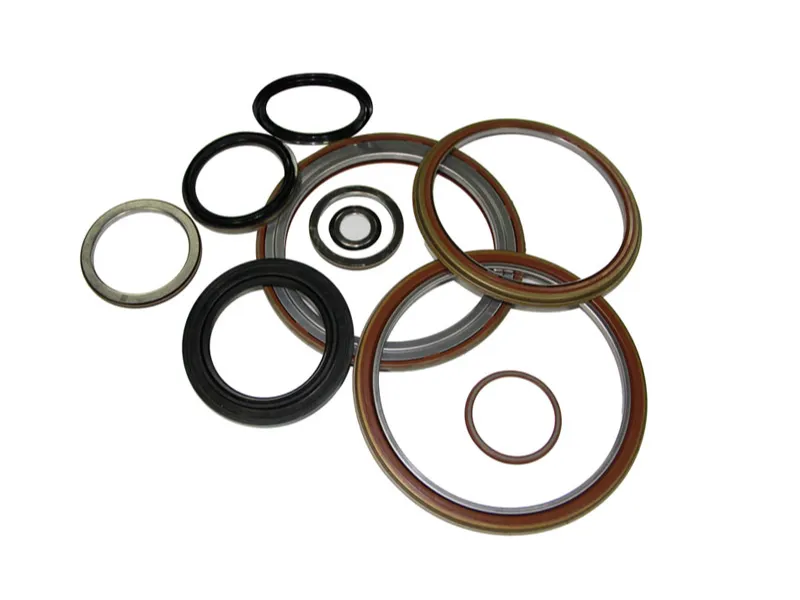
Section 5: Wear Ring Seal for Sale
When looking for wear ring seals, it’s essential to choose a reliable supplier who can provide high-quality products that meet your specific requirements. Welleshaft is a trusted global supplier and contract manufacturer specializing in wear ring seals and other sealing solutions.
Welleshaft: Your Trusted Supplier for Wear Ring Seals
As a leading global supplier and contract manufacturer, Welleshaft provides:
- High-Quality Materials: Using premium materials such as polyurethane, carbon, and ceramic to ensure optimal performance.
- Custom Manufacturing: Tailoring wear ring seals to meet your specific application needs.
- Expert Support: Providing technical expertise and support to help you select the right seal for your application.
Conclusion
Wear ring seals are essential components for enhancing pump performance and durability. Understanding their materials, manufacturing processes, and applications can help you make informed decisions when selecting these components for your equipment. Welleshaft stands out as a trusted global supplier and contract manufacturer, offering high-quality wear ring seals and expert support to meet your needs. For reliable and durable wear ring seals, consider partnering with Welleshaft to ensure the optimal performance of your pumps and machinery.

